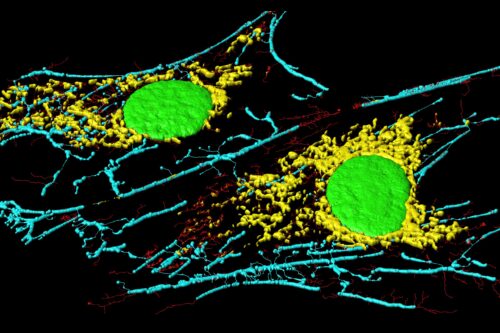The Ras family of proteins facilitates cell-to-cell signaling essential for complex organisms. This communication process relies on ten GTPase-activating proteins (GAPs). The first of these proteins discovered, RasGAP, has been known for nearly forty years. Despite its long history, scientists are still uncovering how it works.
Most GAPs, including RasGAP, contain two key protein regions: a GAP domain that chemically interacts with Ras proteins during signaling, and a C2 domain traditionally known only for binding calcium in cell membranes. However, a Yale study from the Boggon Lab in the Department of Pharmacology has revealed that the C2 domain plays a more active role than previously thought, directly mediating interactions between Ras and RasGAP.
“Clues to RasGAP’s complexity emerged when we found vascular malformations linked to mutations in the C2 domain,” said Max Paul, PhD student and lead author on the recent paper. The team discovered that single nucleotide changes at position R707 were responsible for these effects, even though such mutations are typically less severe than others in the protein.
After documenting reduced RasGAP performance in R707 mutations, the researchers analyzed protein structures across the GAP family using both crystal structures and computational predictions. They found that all C2 domains shared the same orientation and conserved surfaces (including the R707 position) across species, suggesting that R707 facilitates GAP interactions with Ras. Computational modeling of RasGAP-Ras interactions further supports this expanded understanding of the C2 domain’s role. Ongoing research will continue to illuminate how these signaling proteins function in both healthy cells and in diseases.

